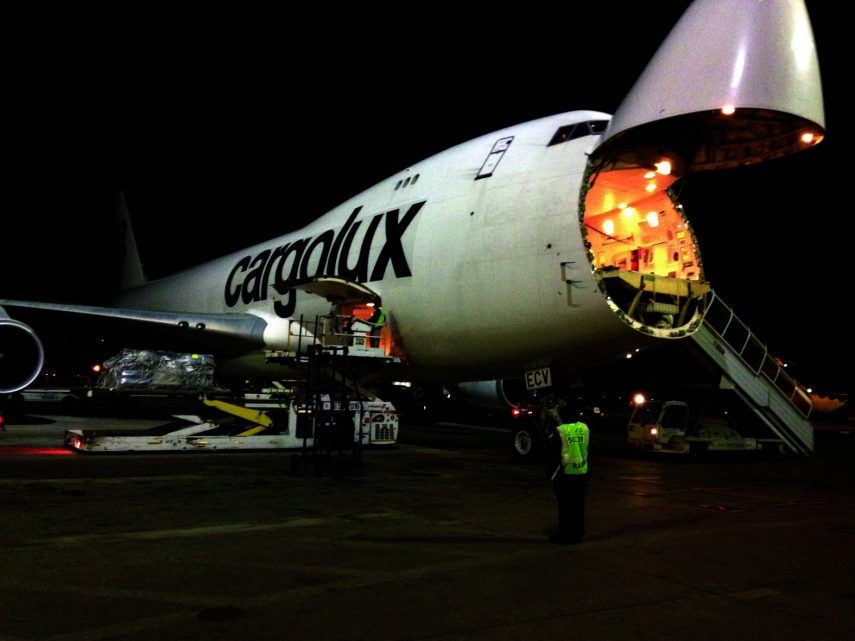DACHSER South Africa recently helped a client who needed to rapidly move nearly 400 tons of rubber from Germany to South Africa.
Due to the urgency of the consignment, sea freight was not an option, so Dachser chartered three airplanes to move the bales of rubber.
“By its nature, air cargo can reach its destination in a matter of days rather than the weeks that are typical of sea freight.,” Dachser SA Managing Director Detlev Duve said. “Because of this, air charters are particularly attractive for manufacturing and JIT clients that are ultimately looking to reduce manufacturing down time and maintain profits.”
However, said Duve, while air charters provide a good solution for urgent cargo, the time factor is immensely critical in order to meet a client’s often-rigorous supply chain timeframes.
“There is very little room for procedural delay or error. The logistics partner must have specialist teams in place who are able to seamlessly manage the process before the cargo has even been loaded, right up to final destination.”
For time-critical solutions, it is imperative to build accurate time frames into the logistics plan, which must be clearly communicated upfront to the client. Duve said that while this might seem obvious, there are many areas where third parties, such as customs and airports, can create variable pockets of time that should be accounted for.
“For example, the rubber cargo coming from Germany had to be cleared prior to loading, a process which we knew could take a couple of days. This means that the clock already begins ticking before the cargo is physically loaded onto trucks at origin. If clients are not informed upfront about factors such as these, this could have a negative impact on their own timeframes and ultimately on their operations.”
Another important third party is the airport where time slots must be negotiated and flight approvals obtained in order for the charter to be added to the flight plan. Duve said having a robust network with local representation is paramount.
“Dachser’s teams on the ground work closely with their regional airports and customs offices. In addition to this, local teams are connected to the greater Dachser network, a process that we term as ‘interlocking’ to ensure seamless logistics.”
When the client’s bales of rubber arrived at the destination airport it was critical that everything was in place in advance due to the costs incurred by standing time. “Any delay of any sort can be extremely costly. We also ensured that we had sufficient personnel available and on standby to offload the bales. Likewise, directly following customs clearance and release our trucks were on standby for loading.”
Duve said that an optimal logistics process can add to efficiency gains and save clients significant amounts of money. “Airfreight can add real value to JIT and manufacturing clients, helping them manage their supply chains, control costs and reduce inventory.”

